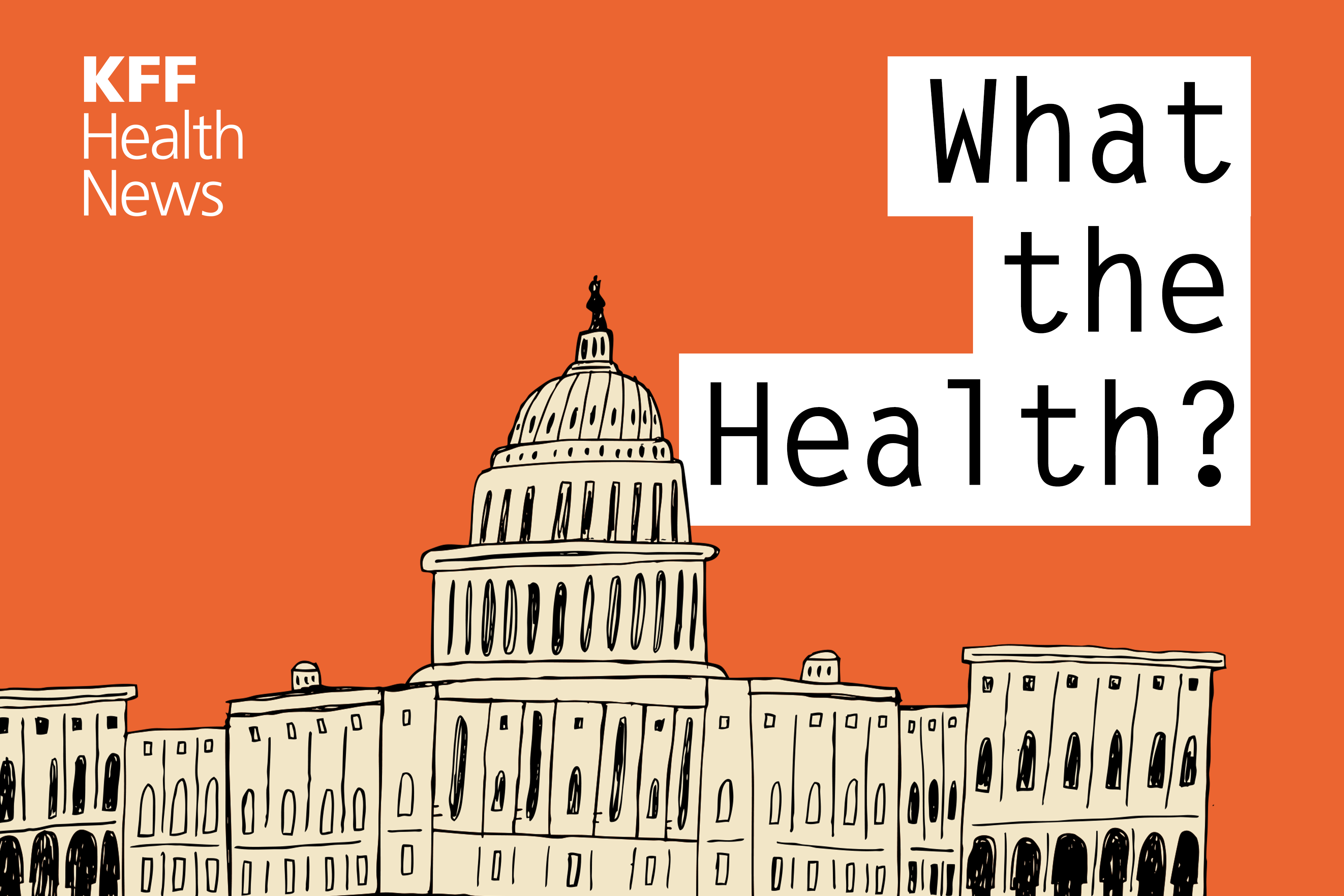Medicaid
Medicaid Officials Report Enrollment Declines and Upward Cost Pressures

States expect national Medicaid enrollment to decline by about 4% and state Medicaid spending to rise by 7% in fiscal year (FY) 2025. These rates follow a larger but anticipated enrollment decline and state spending increase in FY 2024, as pandemic-era policies and federal funding expired,according to KFF’s 24th annual survey of state Medicaid directors.
Medicaid Coverage of and Spending on GLP-1s
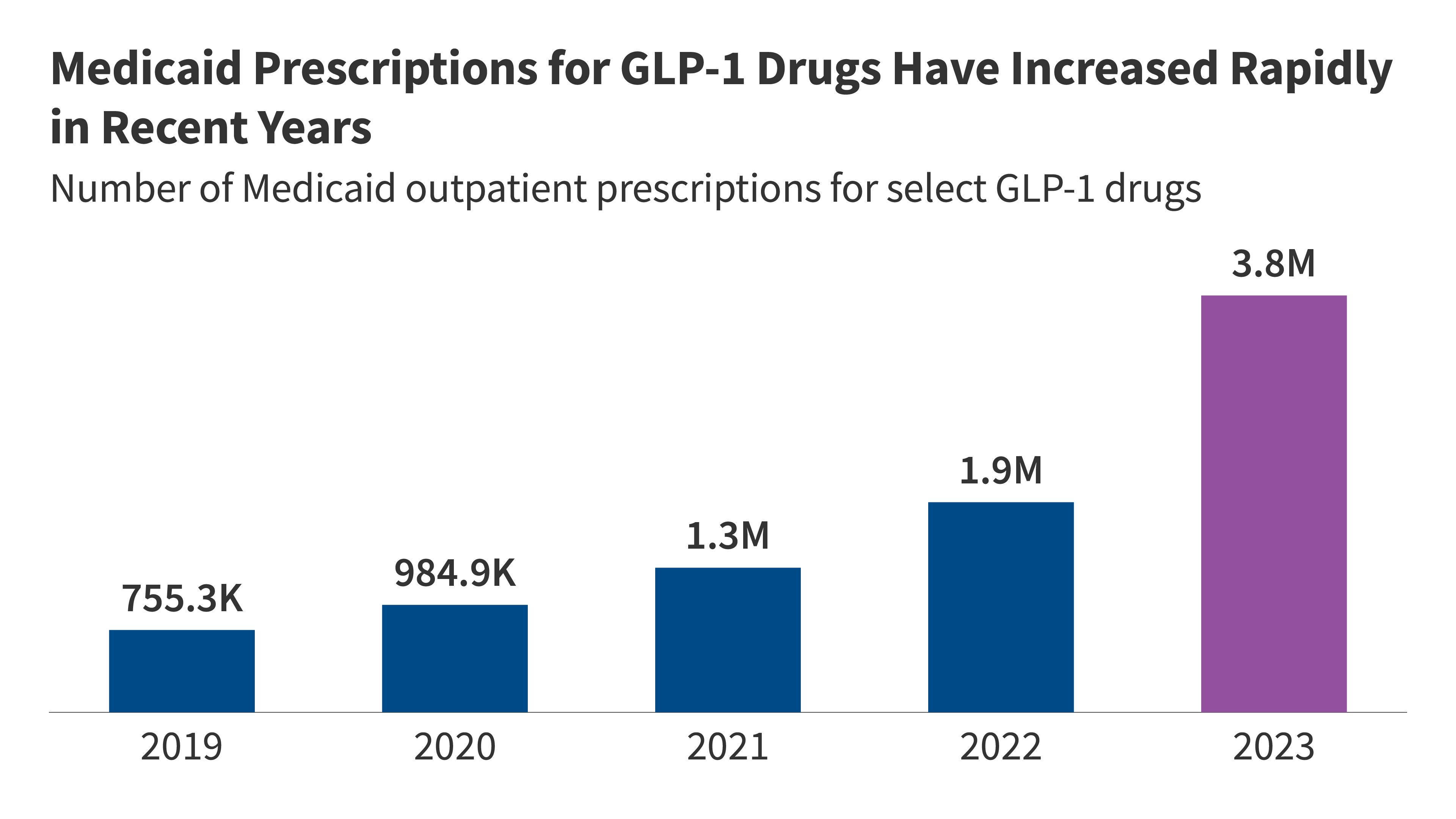
This brief examines the implications of rising prescriptions for costly GLP-1 drugs for state Medicaid programs as more states consider covering the drugs for weight loss. It examines recent trends in Medicaid prescriptions and gross spending on GLP-1s, and explores the potential implications of expanding coverage obesity drugs for Medicaid programs.
Community Health Center Patients, Financing, and Services
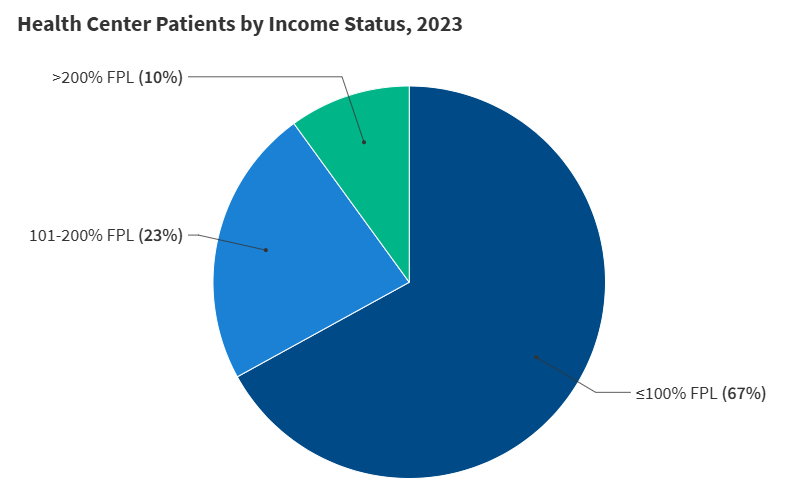 Community health centers cared for over 31 million patients in 2023, including over 9.1 million children. Health centers disproportionately serve low-income people, people of color, and rural residents. People of color comprise a majority (75%) of patients at urban health centers while White patients represent the majority (61%) at rural health centers.
Community health centers cared for over 31 million patients in 2023, including over 9.1 million children. Health centers disproportionately serve low-income people, people of color, and rural residents. People of color comprise a majority (75%) of patients at urban health centers while White patients represent the majority (61%) at rural health centers.What Are the Primary Medicaid Eligibility Pathways for Dual-Eligible Individuals?

This brief examines current Medicaid eligibility policies and enrollment patterns using data from KFF’s 2024 50-state survey of states’ eligibility and enrollment policies for seniors and people with disabilities, and 2021 Medicare and Medicaid claims data from the Centers for Medicare and Medicaid Services (CMS).
Who are Our Direct Care Workers?
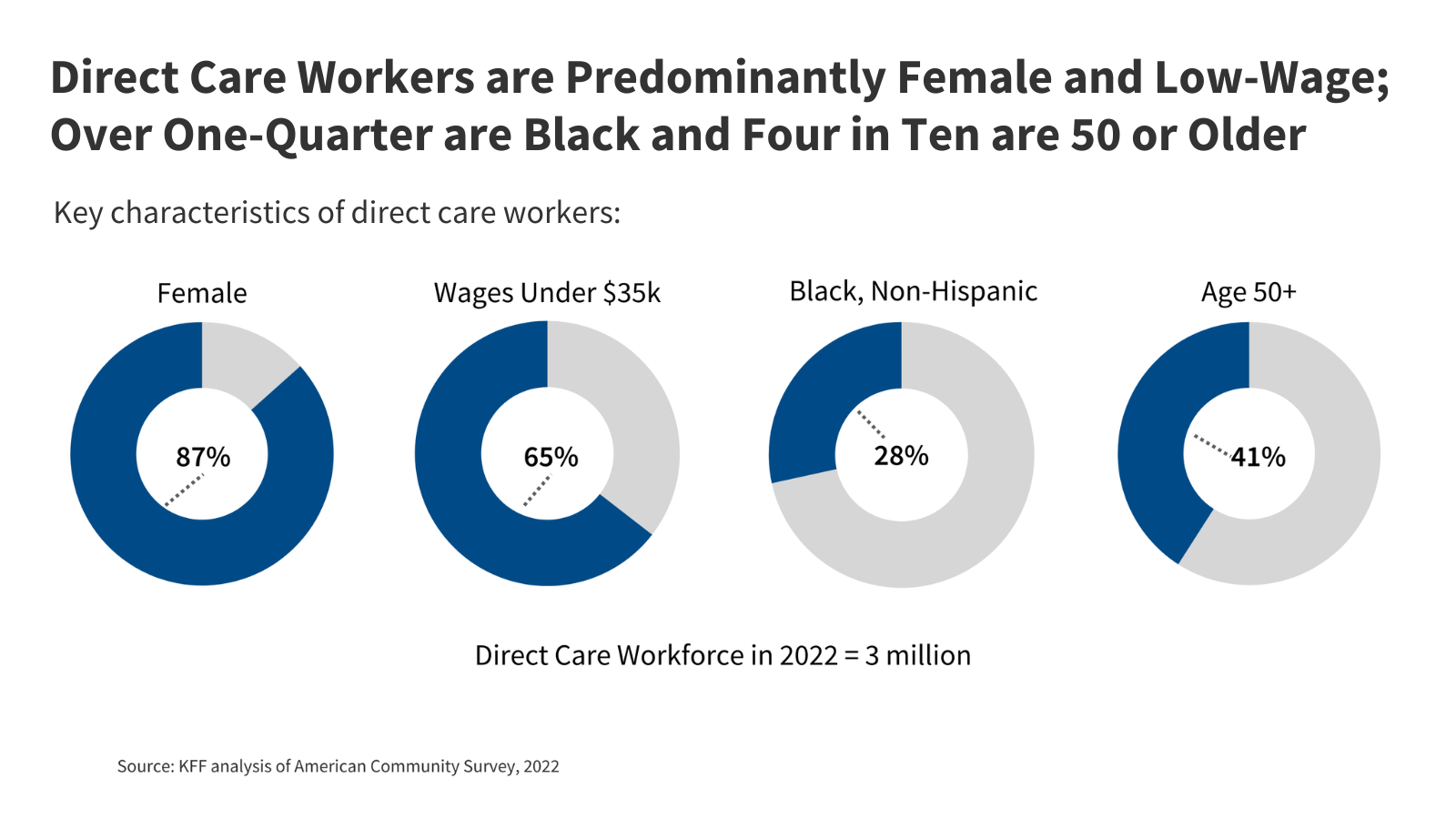 Learn about the demographic characteristics and pay of direct care workers, including home health aides, personal care aides, nursing assistants, and others.
Learn about the demographic characteristics and pay of direct care workers, including home health aides, personal care aides, nursing assistants, and others.Focus Groups with Direct Care Workers
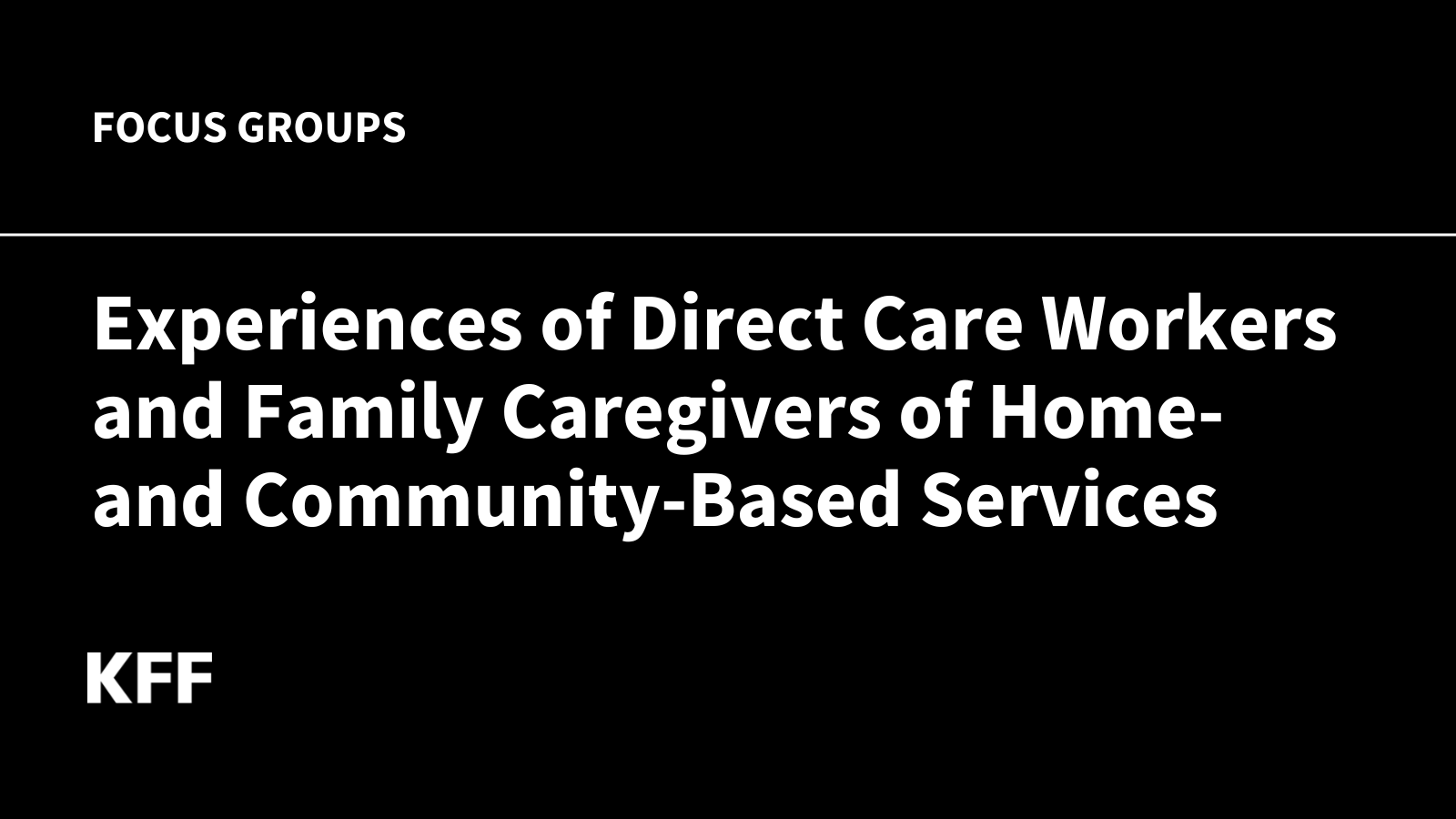 In focus groups that KFF conducted in May, caregivers described their work as physically and mentally demanding, with limited resources for dealing with challenges.
In focus groups that KFF conducted in May, caregivers described their work as physically and mentally demanding, with limited resources for dealing with challenges.How does Medicaid Support Family Caregivers?
 All states support family caregivers through Medicaid home care programs. The types of supports differ across various populations and states.
All states support family caregivers through Medicaid home care programs. The types of supports differ across various populations and states.Who Uses Medicaid for Long-Term Care?
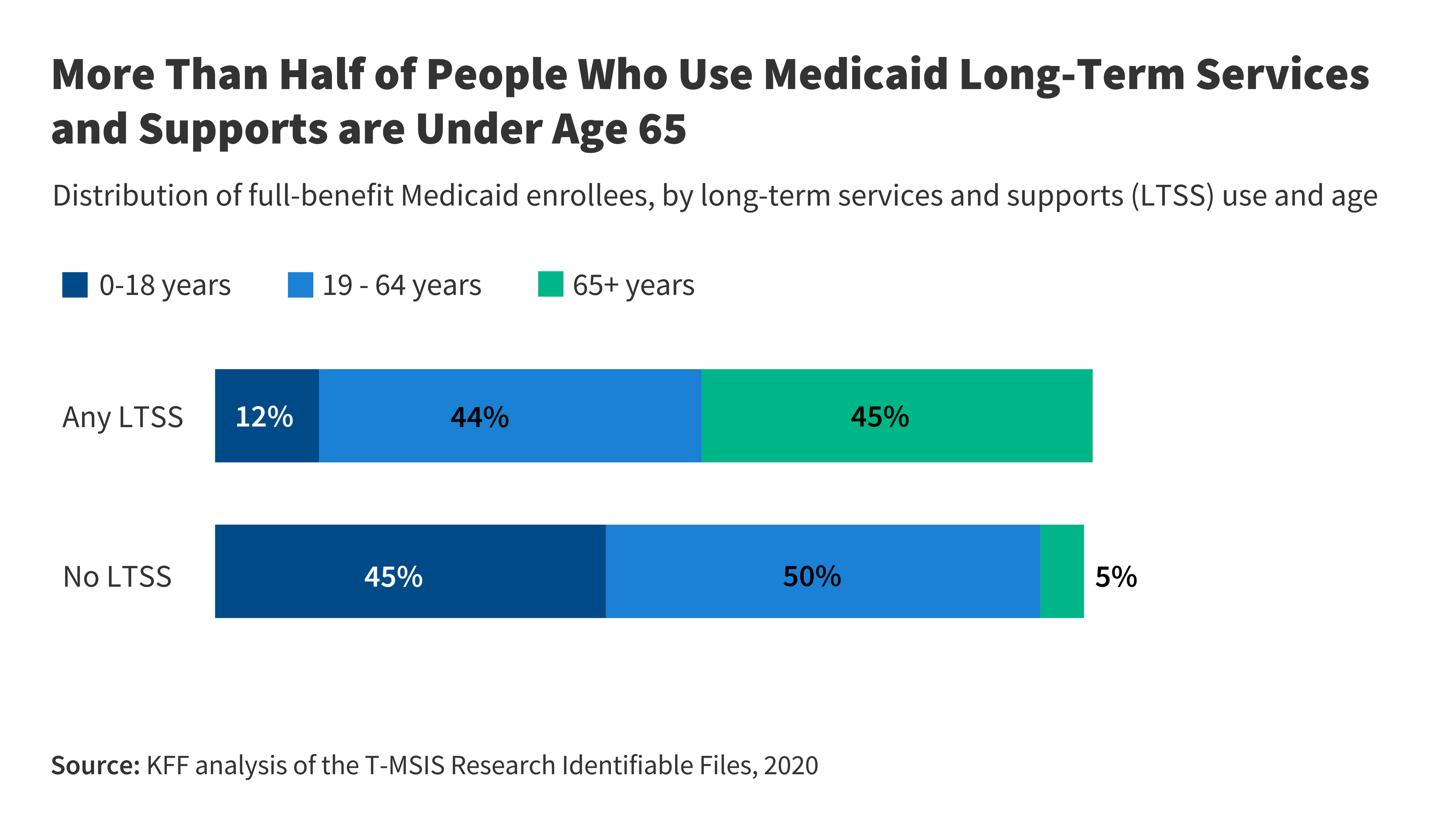 Nearly 6 million people receive Medicaid long-term services and supports (LTSS) for assistance with activities of daily living. Over half of these enrollees are under 65.
Nearly 6 million people receive Medicaid long-term services and supports (LTSS) for assistance with activities of daily living. Over half of these enrollees are under 65.Long-Term Services and Supports
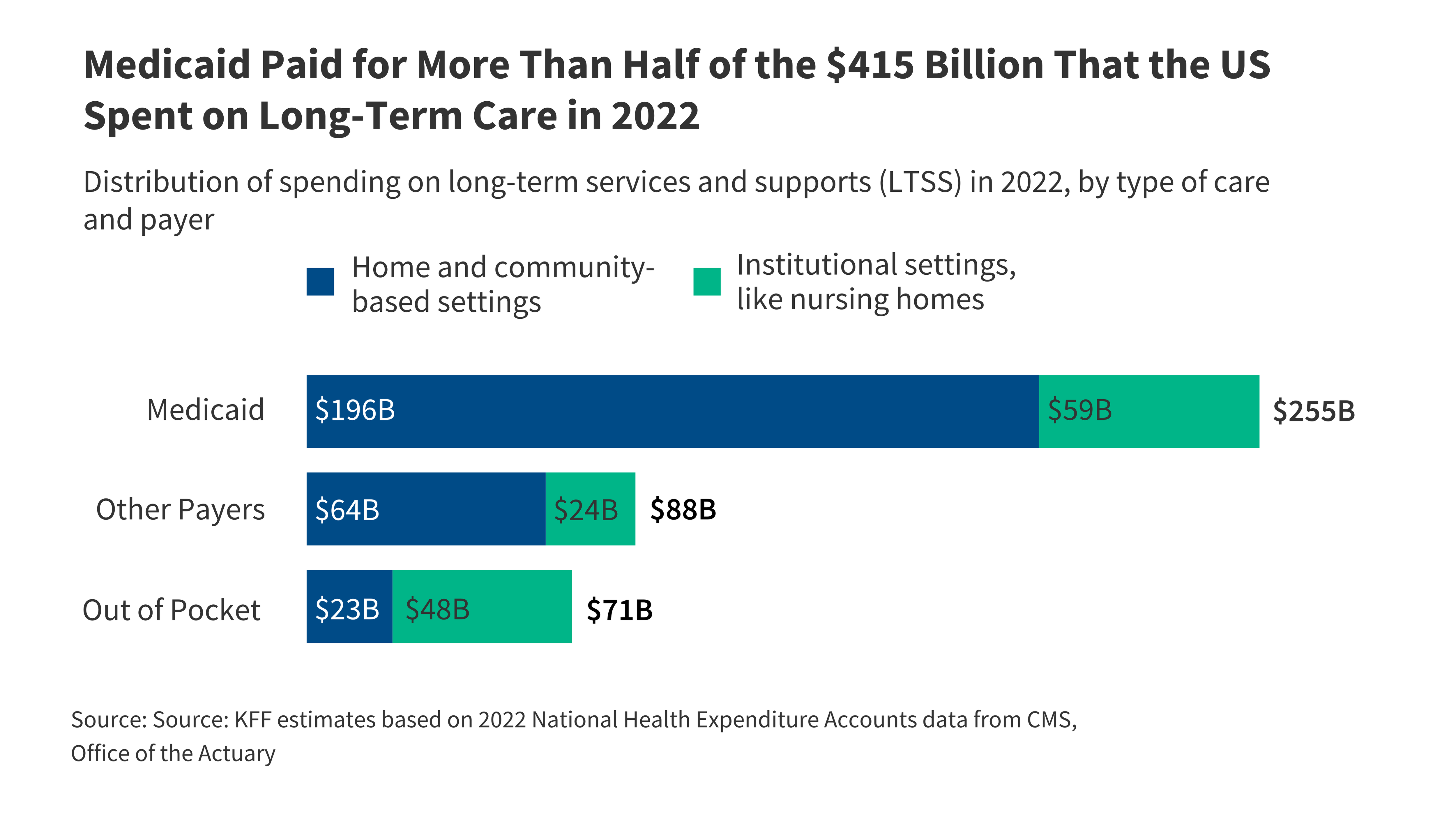 Long-term services and supports (LTSS) are expensive and not generally covered by Medicare or health insurance. Medicaid paid for more than half of U.S. LTSS costs in 2022.
Long-term services and supports (LTSS) are expensive and not generally covered by Medicare or health insurance. Medicaid paid for more than half of U.S. LTSS costs in 2022.
Health Policy 101: Medicaid
KFF’s new primer on U.S. health policy examines how major public programs like Medicaid, Medicare, and the ACA are structured, funded, operated, and more.10 Things: Medicaid Managed Care
Comprehensive managed care is the most common way states deliver Medicaid services to enrollees, and new federal rules strengthen standards for managed care access.Medicaid Financing: The Basics
Medicaid represents $1 out of $6 spent on health care in the U.S. and is the major source of financing for state health coverage and long-term services and supports for low-income residents.
Medicaid Section 1115 Waivers, by State
Our Medicaid waiver tracker provides the latest on pending and approved Section 1115 waivers, which make broad changes to eligibility, benefits, provider payments, and other rules.Medicaid State Fact Sheets
Medicaid is a major source of funding for hospitals and community health centers. States operate their programs within federal standards and a range of state options.





